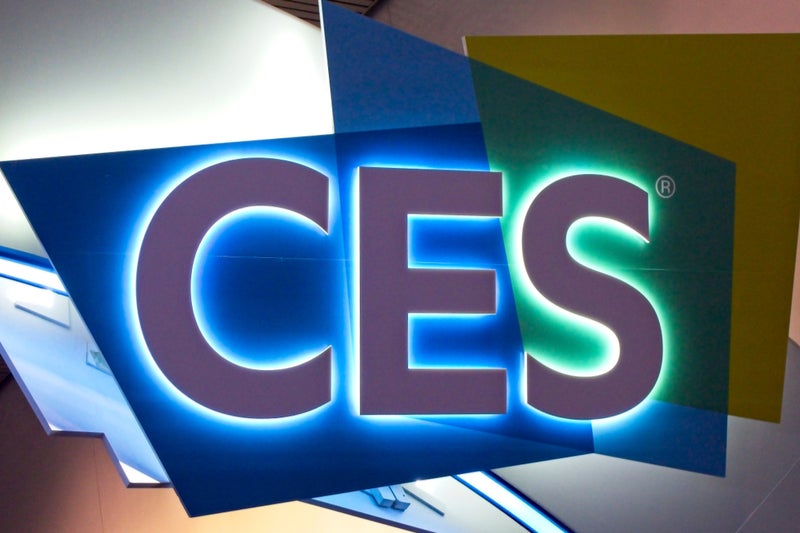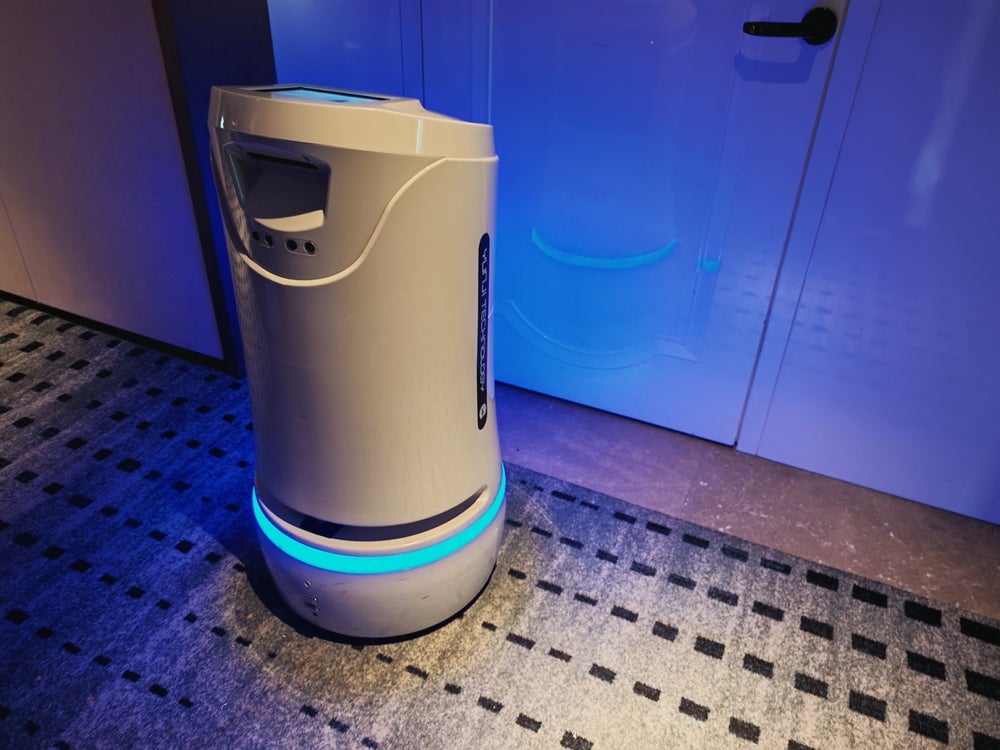While most people go to CES to see exciting new devices and technologies for consumer applications, many of the same technologies enable compelling enterprise use cases. Enterprise offerings at CES 2020 featured solutions for healthcare, agriculture, manufacturing, public safety, and transportation, using technologies such as AR/VR, 5G, AI/Machine Learning and IoT/Digital Twins.
As CES renamed itself several years ago in order to remove the limitation of its initial laser focus on consumer electronics, the show has evolved to include high-tech solutions of all kinds for both consumer and enterprise use cases (as well as new infrastructure solutions from network and IT technology providers).
Hidden among the cool immersive gaming applications and thinner, feature-rich sexy new AR glasses, were a wide variety of enterprise focused companies and products. Technologies including AR/VR, 3D printing, AI/automation/robotics, 5G/wireless networking, and solutions for the next generation of connected car/autonomous vehicles, were featured in many exhibits and keynote sessions.
AR/VR
While AR/VR is primarily associated with gaming, the opportunities for realistic immersive training and simulations in the enterprise are significant and growing.
- Teslasuit showcased its full body haptic suit and training solution for physical VR experiences. It can transfer sensation from VR to a human body through electric impulses controlled by a mini computer. It offers full body motion capture, climate control and biometric systems and can be used to train workers in public safety, healthcare, manufacturing, etc. that are in rugged/dangerous situations or environments.
- Pico Enterprise showed its new business-focused VR headset, the Neo 2, featuring 6 degrees of freedom, precision eye tracking and spatial stereo speakers. Its enhanced mechanics and data gathering allows businesses to gain insights into customer behavior, reduce training time, and improve safety and productivity.
- Kyocera showcased technologies across five categories ― AI Solutions, Sensing Technology, 5G Solutions, Advanced Mobility and Advanced Devices. Camera modules and a LIDAR-enabled fusion sensor for autonomous driving were featured as well as a 3D AR heads-up display and haptivity touchscreen optimized for connected cars. 5G solutions for drones, EMTs and other use cases were also shown in the booth.
5G and AI
New or soon-to-be available 5G smartphones/devices/modules were a major draw (including Verizon’s announcement that they would be providing 20 5G smartphones in 2020). However, some vendors focused on the B2B or B2B2C opportunity. AI was everywhere- robots, automation, deep learning and applied robotics were shown in every imaginable use case, including business applications.
- GoSuncn, a Chinese module manufacturer, showcased 5G modules for industrial, healthcare and connected vehicle use cases.
- Samsung and BMW showcased approaches to creating mobility experiences of the future with the world’s first commercialized 5G TCU (Telematics Control Unit). BMW announced that its iNEXT will be the first car in the world equipped with 5G technology from Samsung and HARMAN.
- John Deere showed its agricultural equipment – essentially a giant robotic-enhanced tractor that uses GPS, connectivity and AI (including analysis of a giant image library) to differentiate between weeds and plants.
- Omron not only featured its admittedly cool robotic table tennis coach, but also showed “robotic and human collaboration” solutions for healthcare and manufacturing including HeartGuide (the first wearable blood pressure monitor) and Complete (the first blood pressure monitor with EKG in a single device).
- Bosch featured a virtual visor to combat sun glare, with implications for industrial fleets as well as consumers. Instead of a traditional opaque visor, Bosch’s solution has a transparent LCD and an AI-enhanced camera which detects the presence of sunlight on the eyes and proactively darkens a segment of the screen.
- Thales demonstrated its set of “building blocks” for 5G and IoT, ranging from Gemalto eSIMs, to cellular IoT modules, cybersecurity solutions, IoT services and device lifecycle management.
While IoT was an intrinsic part of many solutions at the show, the majority of IoT vendors (which included module manufacturers, service providers, and platform providers, among others) didn’t often appear in flashy demos of new products – rather IoT is positioned as more of an enabler. For example, connected products such as John Deere’s use IoT connectivity to enable the data collection and analytics needed for its smart agriculture machine, described above.
There are many more examples of new technologies and products shown at CES that have enterprise potential, however, consumer offerings tend to make the splashiest demos.








